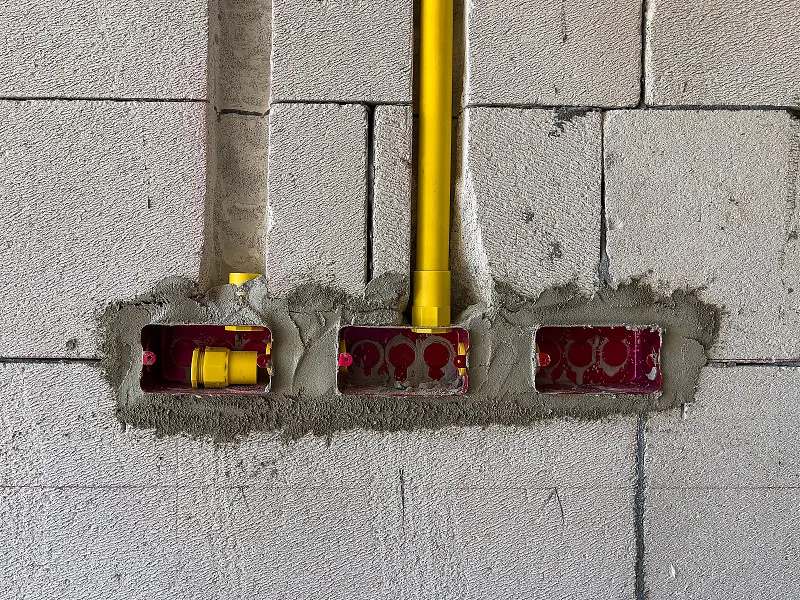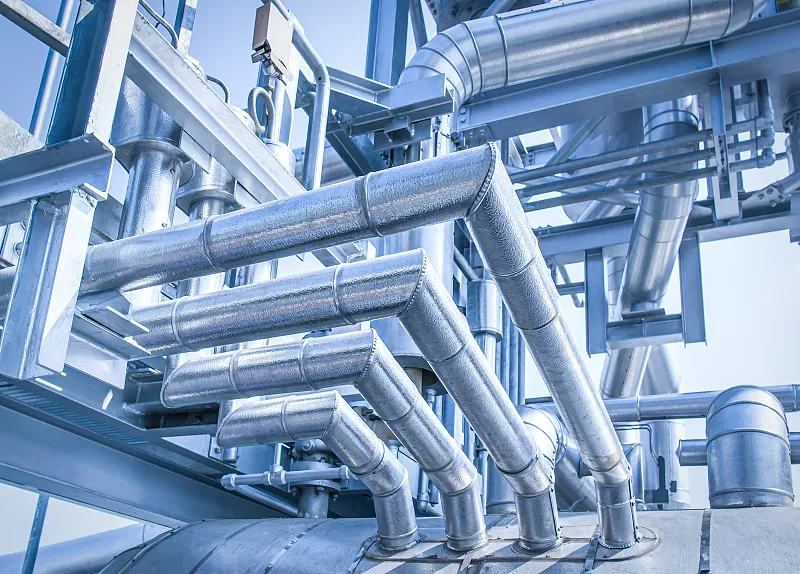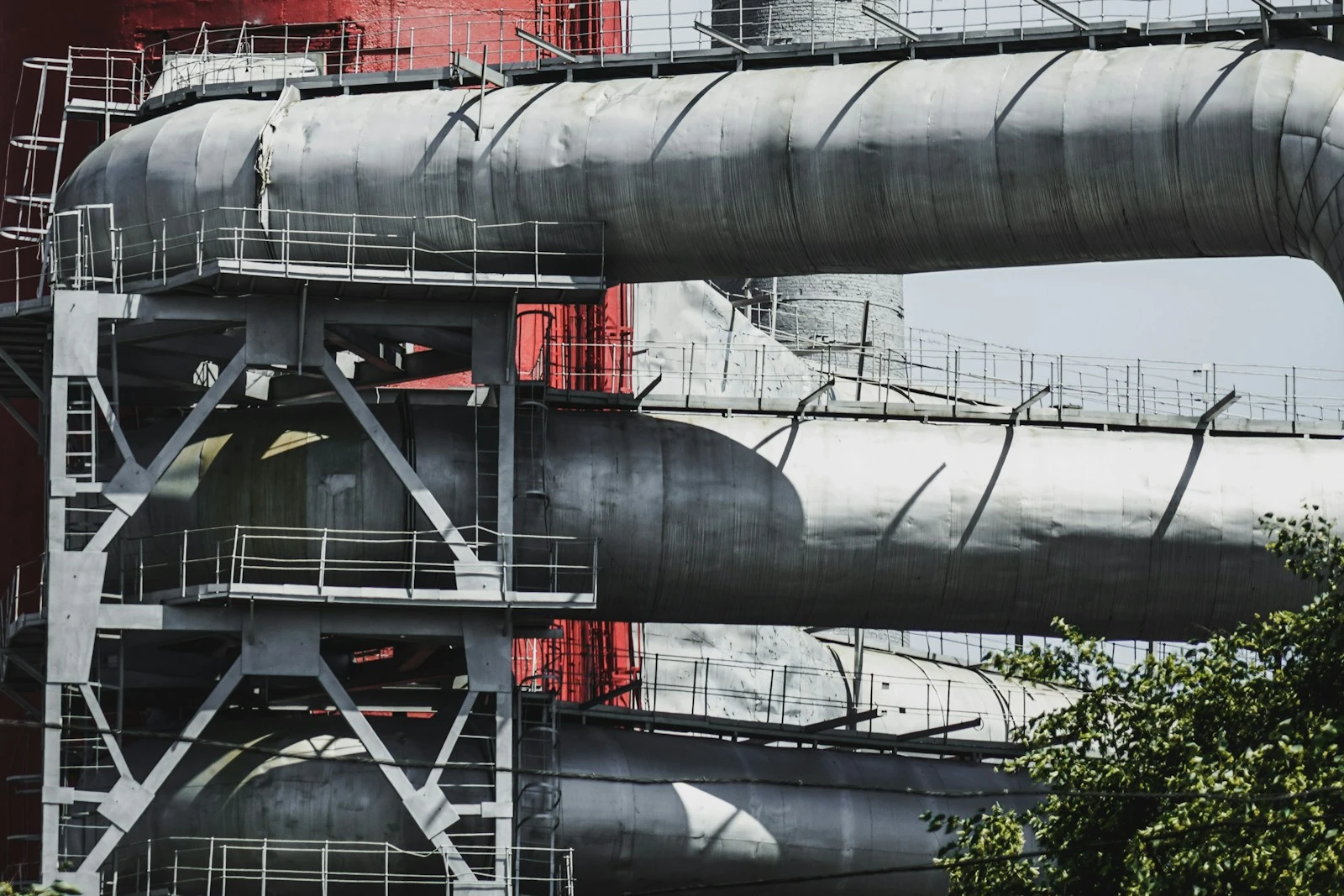Introduce PPR Pipe
PPR Pipe are an essential part of modern plumbing systems, offering a reliable and cost-effective solution for both hot and cold water distribution. If you’re looking to install PPR pipes yourself or simply want to understand the process, you’re in the right place. In this guide, we’ll cover everything from the benefits of PPR pipes to a detailed, step-by-step installation guide. So let’s dive in!
What is PPR Pipe?
PPR (Polypropylene Random Copolymer) pipe is a type of plastic piping commonly used in plumbing systems for its high durability, resistance to corrosion, and ability to withstand high temperatures. These pipes are often used for both domestic and industrial purposes, particularly in water supply systems.
Why PPR Pipe is Popular in Plumbing
PPR pipe is a popular choice in the plumbing world due to its exceptional performance and longevity. Unlike traditional metal pipes, PPR pipes don’t rust or corrode, making them a great option for both cold and hot water systems. Additionally, their resistance to scale buildup and their affordability make them a go-to material for many installations.
Benefits of Using PPR Pipe
Durability and Longevity
PPR pipes are built to last. With proper installation and maintenance, they can easily last for 50 years or more. Their resistance to chemicals and the environment ensures that they won’t degrade over time, offering a long-term solution for any plumbing needs.
Resistance to Corrosion
One of the biggest advantages of PPR pipes over metal pipes is their resistance to corrosion. Since PPR is a plastic material, it doesn’t rust, making it an ideal choice for plumbing in areas with high moisture or aggressive water quality.
Cost-Effective Installation
PPR pipes are not only affordable, but their installation is also relatively easy and cost-effective. You don’t need specialized skills or expensive materials to fit them, making it an excellent choice for DIY projects.
Eco-Friendly Option
As a recyclable plastic, PPR pipes are a more environmentally friendly option compared to traditional materials like PVC and metal pipes, which can have a more significant environmental impact.

Types of PPR Pipe
Before you start installing PPR pipes, it’s important to know the different types available:
Standard PPR Pipes
These are the most commonly used PPR pipes for basic plumbing applications. They are ideal for cold and hot water systems and come in various sizes.
PPR-C Pipes
PPR-C pipes are used for more demanding industrial applications. They offer better mechanical properties and are used in both potable water and heating systems.
PPR-AL-PPR Pipes
These are composite pipes with a layer of aluminum sandwiched between two layers of PPR. They are used for hot water systems and provide extra strength and insulation.
Materials Required to Fit PPR Pipe
To successfully install PPR pipes, you’ll need a few materials and tools:
- PPR Pipe: The main material you’ll be using.
- PPR Fittings: These connect the pipes together and include elbows, tees, and couplings.
- Pipe Cutter: Used to make accurate cuts in the pipe.
- Heat Fusion Machine: Required to heat the pipe and fittings for fusion.
- Measuring Tape and Marker: For accurate measurements and marking the pipe.
Step-by-Step Guide to Fitting PPR Pipe
Step 1: Measure and Mark the Pipe
Start by measuring the length of the pipe you need and mark it accurately. This ensures you cut the pipe to the right length, preventing wastage and ensuring the proper fit.
Step 2: Cut the Pipe
Use a pipe cutter to make clean, straight cuts. Avoid using saws or other tools that could damage the pipe. Clean cuts make the fusion process easier.
Step 3: Prepare the Fittings
Check that the fittings are the correct size for your pipe. Make sure the edges of the pipe and fitting are clean and free of debris to ensure a strong bond.
Step 4: Heat the Pipe and Fittings
Using the heat fusion machine, heat both the pipe and the fitting simultaneously. Follow the manufacturer’s instructions for the correct temperature and timing. The pipe and fitting should become soft and slightly melt to create a secure bond.
Step 5: Join the Pipe and Fittings
Once the pipe and fitting are heated, quickly insert the pipe into the fitting, ensuring it is fully seated. Hold them together for a few seconds to ensure a strong fusion.
Step 6: Cool Down and Test
Allow the joined pipe and fitting to cool for several minutes before applying any pressure. Once cooled, check the joints for leaks by running water through the system.
Common Mistakes to Avoid When Installing PPR Pipes
- Incorrect Pipe Cutting: Ensure your cuts are straight and accurate to prevent issues during installation.
- Not Using the Correct Heating Temperature: If the pipe is not heated to the right temperature, it will not fuse properly, leading to weak joints.
- Failing to Ensure Proper Alignment: Always double-check the alignment before the fusion process to avoid crooked connections.
- Overheating the Pipe: Overheating the pipe can cause it to become brittle or too soft, making it difficult to join.
Tools and Equipment for PPR Pipe Installation
Here’s a list of the tools and equipment you’ll need for a successful PPR pipe installation:
- Pipe Cutting Tools: Use a professional pipe cutter for clean cuts.
- Heat Fusion Equipment: This includes a fusion machine and heating tools.
- Safety Gear: Always wear gloves and safety glasses when working with heat fusion equipment.
Tips for a Successful PPR Pipe Installation
- Ensure Clean Surfaces: Any dirt or dust on the pipe or fittings can prevent a good fusion, so always clean them before starting.
- Proper Alignment of Pipe and Fittings: Make sure everything lines up correctly to avoid leaks.
- Use the Correct Temperature and Timing: Always follow the recommended settings for your fusion equipment to avoid mistakes.
Maintenance of PPR Pipes
PPR pipes require minimal maintenance, but it’s important to inspect them regularly:
- Routine Inspections: Check for any visible signs of wear or leaks.
- Cleaning and Unclogging: If your PPR pipe becomes clogged, clear the blockage carefully without damaging the pipe.
- Repairing Leaks: In case of a leak, you may need to reheat the joint and re-fuse it properly.
Conclusion
Fitting PPR pipes may seem challenging, but with the right tools and steps, it can be done easily. This guide has provided you with everything you need to know about installing PPR pipes, from understanding their benefits to the step-by-step installation process. Remember, the key is precision, patience, and following proper techniques to ensure a successful and long-lasting plumbing system.
FAQs
- What is the lifespan of PPR pipes? PPR pipes can last up to 50 years or more with proper installation and maintenance.
- Can PPR pipes be used for hot water? Yes, PPR pipes are suitable for both hot and cold water systems, making them a versatile choice for plumbing.
- How do you know if PPR pipe fitting is secure? You can check if the fitting is secure by gently pulling on the pipe after the fusion process to ensure it doesn’t come apart.
- Is PPR pipe fitting easy to do? While PPR pipe fitting is not too difficult, it requires precision and the right equipment for a successful installation.
- Are PPR pipes resistant to chemicals? Yes, PPR pipes are resistant to most chemicals, making them ideal for a variety of plumbing applications.


















